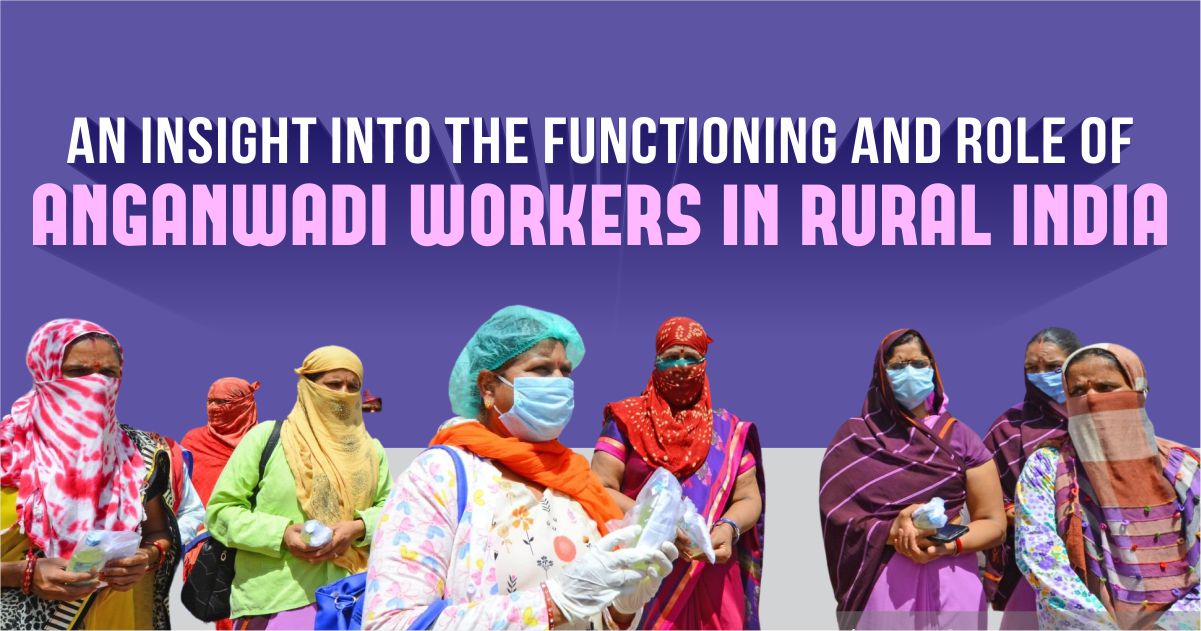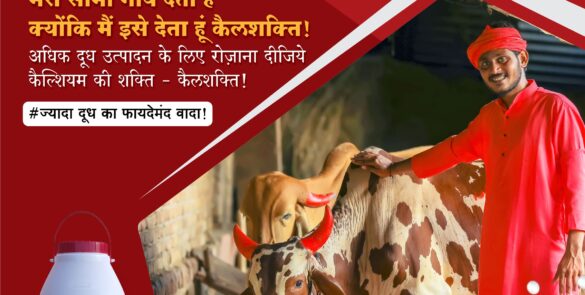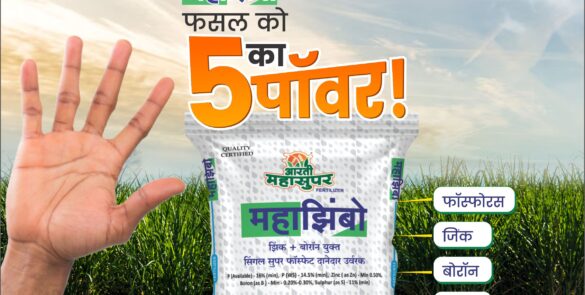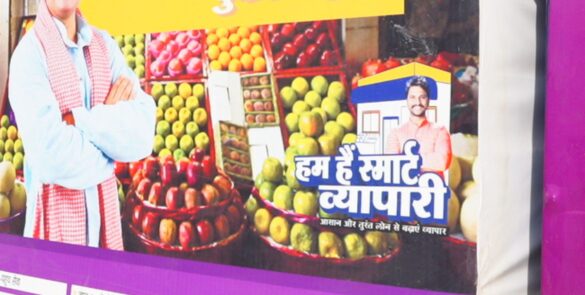Anganwadi is a type of rural child care center in India. The Indian Government started them in 1975 as part of the Integrated Child Development Services program to combat child hunger and malnutrition. Anganwadi means “courtyard shelter” in Hindi.
In a community, an Anganwadi center provides primary health care. It’s a part of India’s national healthcare system. Contraception counseling and supply, nutrition instruction and supplements, and pre-school activities are all examples of primary health care activities. Oral rehydration salts, essential medicines, and contraceptives may be distributed from the centers. Supplementary nutrition, non-formal pre-school education, nutrition, health education, immunization, health check-up, and referral services are the last three in collaboration with public health systems.
To understand the current scenario of Anganwadi workers, we provide an insight into the potential, problems, awareness, benefits, marketing, and functioning of the Anganwadi workers present in the state of Haryana. The survey enlists a sample size of 100 Anganwadi Workers.
METHODOLOGY
A primary survey has been conducted to connect the Anganwadi workers for the responses for an effective collection of data. The research and results have been portrayed using MS Excel and SPSS. The same has been interpreted and depicted using figures.
EDUCATIONAL QUALIFICATION
As evident from the pictorial representation, most Anganwadi workers have their education background as the 10th pass. In contrast, others, few in number, are passed out of 7th or 8th standard and few with graduation background.
WORK EXPERIENCE

In the case of Anganwadi workers, most of the workers from the selected sample size appear to have a good amount of experience, which is necessary for this line of work. A very few Anganwadi workers have less experience (less than five years of experience).
WORKING HOURS
Anganwadi workers work between 6 to 7 hours, as evident from the data collected, followed by people working 5 to 6 hours a day. Even some of these workers do less work, like 4 to 5 hours a day, whereas some work a little extra of 7 to 8 hours a day.
THE MAJOR RESPONSIBILITIES
- Food and Nutrition
- Timely Vaccination
- Conducting Activities
- Height and weight measurement
- Implanting values
- Maintaining a register of death and birth.
On being asked what the primary responsibilities assigned to these Anganwadi workers are, the majorly assigned responsibility turned out to be food and nutrition-related issues, followed by vaccination for both children and adults. They are also given responsibilities regarding conducting awareness activities, height and weight measurement, and value implantation of health. They also have to maintain records for births and deaths in a particular area.
ENGAGEMENT ACTIVITIES
Engagement activities help a community participate and implement various plans and policies and other health and sanitation safety procedures. Meetings and games have the maximum participation according to the representation, followed by festivals and workshops.
Due to COVID, they have been unable to conduct any engagement activities in most places for the last two years. The list of activities they get from the Government on an annual basis is generally followed.
BENEFITS YOU PROVIDE
- MOTHER AND CHILD HEALTH PRE AND POST-PREGNANCY
- PROPER NUTRITION EDUCATION
- SCHEMES DETAILS
- HEALTH CHECK-UPS
- SUPPLEMENT DISTRIBUTION
MEETINGS/GATHERINGS OF PARENTS
Conducting meetings at regular intervals is a good practice as it increases the involvement among individuals regarding an issue. As we can observe, weekly meetings are conducted by the Anganwadi staff, which is good as issues can be solved without much stress. It is mainly obsessed by the workers that, despite communicating for a meeting, most of the parents didn’t take active participation.
USE SMARTPHONES
The use of smartphones is done by less than 50 % of the workers. Often many use their husband’s smartphone and do not have a personalized smartphone. The majority of them use smartphones for both personal and professional usage. WhatsApp groups have been formed by them through which they get informed about new tasks and schemes, which they forward to their other workgroups and achieve their tasks.
TYPE OF APPLICATION IN USE

The primary usage of smartphones involves using WhatsApp. They receive their tasks, get information about new schemes, and communicate with superiors and peers. It is followed by Facebook and YouTube, where they spend some time. This helps them make a note of happenings other than their areas. Also, they can maintain a smooth flow of communication among their supervisor and with other community workers of different regions.
Anganwadi workers can also play an important role in rural marketing in India for businesses. They can promote through word of mouth and also through social media platforms.
MONTHLY INCOME
The majority of the income groups fall under the 5000 to 10000 per month. Some earn above 10000 whereas some earn 3000 to 5000 per month.
ANY OTHER SOURCE OF INCOME
Many workers depend on the salary they get by working as Anganwadi workers. In contrast, some have some secondary sources of income like tailoring, vegetable cultivation, and selling, which gives them an additional source of income. Some of them also conduct surveys that contribute some portion to their income.
ASSOCIATION WITH OTHER ORGANISATION
Generally, they are not members of any community resource person, but they help collect data and promote it within their community. Promotion typically includes local food-based companies or any other local company with sattu, ragi ladoo, sanitary napkins, glucose, etc.
INTERESTED IN BEING ASSOCIATED WITH AN ORGANISATION
Many are interested in being a part of or associated with an organization as the remuneration may be better. This figure shows that around 56 % of people are interested in associating with other organizations and companies, whereas 44 % of people are not willing to be part of any such organization.
CHALLENGES IN FUNCTIONS OF ANGANWADI WORKERS

Almost 60 % of the Participants do not face any difficulties or challenges in their workspace, whereas 40 % admit they faced difficulties in their workplace or during their work.
Problems faced by the Anganwadi mainly involve safe drinking water problems followed by proper procurement of resources and their proper utilization. Generally, Anganwadis face these problems without any government backbone support.
Some problems also include the proper infrastructure facilities like roof leaks, no proper boundaries, etc.
CONCLUSIONS
Role of Anganwadi workers in rural India is to help improve the health sector and facilities in rural areas. They keep a record of all births and deaths, which allows the Government and many private companies and scholars to get the correct census data in time of need. They also oversee vaccination drives in the rural areas to have a minimal spread of diseases in those areas.

















